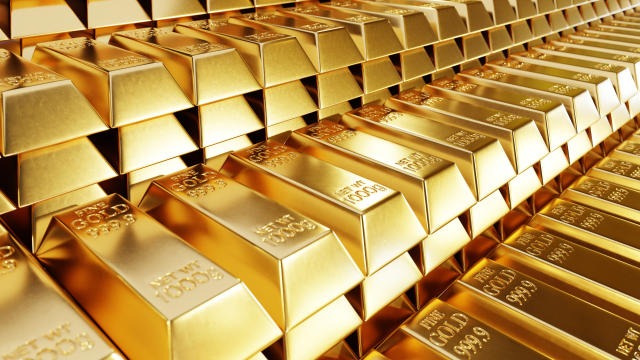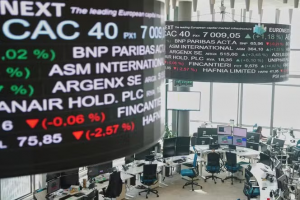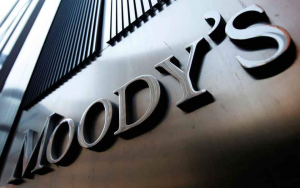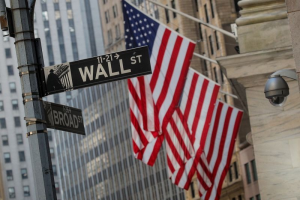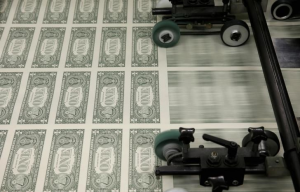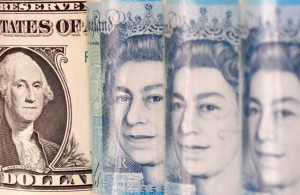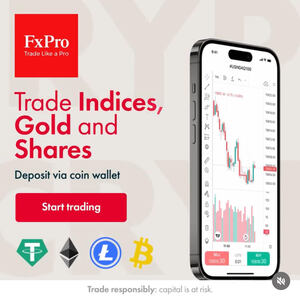Gold prices opened the week with a strong rise, bolstered by increasing fears about the U.S. trade war, alongside growing optimism regarding Chinese investments in the precious metal. This positive momentum has enhanced demand for gold as one of the most important reserve assets.
What are today's gold prices? A look at spot and futures performance Gold futures saw a notable increase of 1.49%, equivalent to $43, traded at $2930 per ounce. Meanwhile, spot gold prices rose by 1.67%, or $48, reaching a price of $2909 per ounce. This increase reflects the continued strong demand for gold amid global economic uncertainty.
Why has gold risen this much? Factors influencing the price increase This strong rise is attributed to several key factors, the most prominent being increased demand for gold following reports that U.S. President Donald Trump approved new tariffs on steel and aluminum imports by 25%. This move raised concerns in the markets about strong reactions from the U.S. trading partners, heightening fears of a global trade war that threatens economic growth.
Additionally, gold received further support from China, where the government launched a pilot program allowing insurance companies to purchase gold for the first time. This step, which could pave the way for massive investments worth billions of dollars, contributed to pushing prices toward new record levels.
Will precious metals continue their gains? Developments in silver and platinum prices The gains were not limited to gold alone, as other precious metals also saw increases. Silver prices recorded a rise of 0.66% to reach $32.657 per ounce, while platinum futures increased by 1.58% to reach $1036.95 per ounce. Palladium prices experienced a substantial jump of 3.06%, reaching $1012.50 per ounce.
What is the future of gold prices? Market forecasts for the upcoming period With ongoing geopolitical and economic fears, demand for gold may remain strong in the coming period, especially if trade tensions persist and investors continue seeking safe havens. Moreover, future movements by the U.S. Federal Reserve regarding interest rates will play an important role in determining the future trend of gold.
Will gold continue to rise, or are we facing an upcoming corrective wave? This question remains in the air amid the ongoing volatility in global markets.

